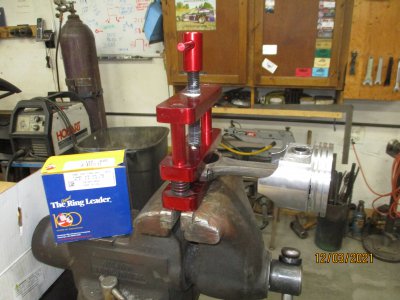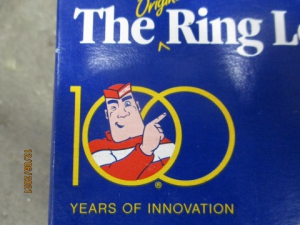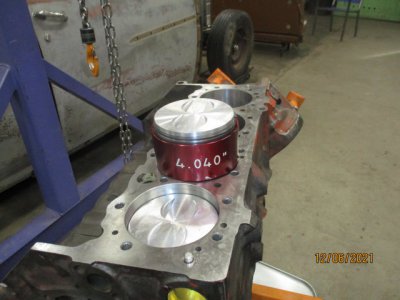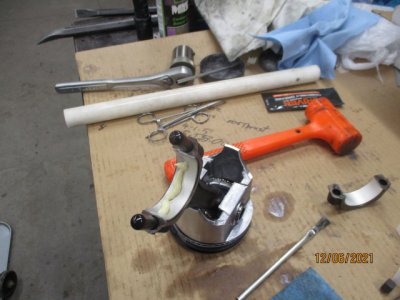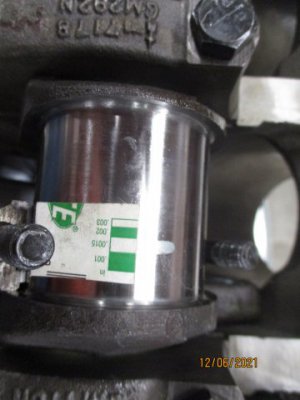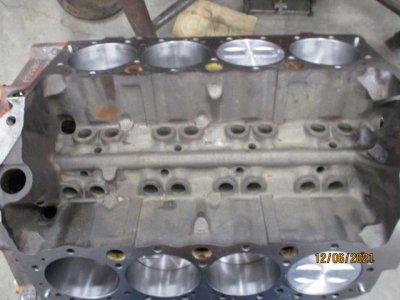POTD was making a new pulley for my weight machine. Started doing a set and things sounded "funny". The pulley over the weight stack had split.
25+ years of use, finally split the upper pulley of our weight machine.


The machine uses a 3/16" diameter cable which I've replaced multiple times. I could see from the pulley face that the cable had worn the surface to the point that one side split.

The bearing was fine, plan was to make a new pulley from aluminum. The OD was a little over 3 1/2". Started by cutting off a chunk from a 4" aluminum round. Faced both sides and drilled a through hole for mounting the blank on an expanding mandrel.
My plan was to turn the 4" round down to the correct OD, then face the right hand side to the correct width. I like this style of mandrel, but I've found cutting forces need to be from right to left or the mandrel will loosen on the tapered arbor. Well, best laid plans as even just working the RH side, the mandrel backed off the arbor a few times during turning. After getting the OD to size and the width cut, I changed to an expanding arbor for the shaping of the pulley groove.
Faced both sides

Turning the OD to size using an expanding mandrel

Faced the RH side to the proper width. The plan was to mount the finished pulley after the groove was cut in the 3-jaw and bore the center for the bearing. The extra shoulder of material would be removed then.

Mounted the pulley on an expanding arbor to cut the groove

Used a pippin file to work a groove on the pulley face

Bored a pocket for the pulley bearing.

Oh, I know how observant guys are on this forum. No, I did not continually flip the jaws of my 3-jaw chuck from inside to outside and back to inside. My Grizzly 14x40 came with a 6" 3-jaw which looks too small. I upgraded with a set-tru 8" 3-jaw a few years ago, leave the inside jaws on the 8", outside jaws on the 6". I find it much quicker to swap chucks than to swap the jaws.
As an aside, I thought my DRO was acting up as the diameter number was fluctuating after making passes to form the "V". New one on me, the insert screw had loosened up so the insert was sliding in the tool holder. I guess I should watch the cut more than staring at the number on the DRO, would have obvious if I was concentrating on the cutting tool. The problem was when I retracted the tool, I didn't move it off the work so it dragged some when backing out of the cut which took the insert with it.

The bearing was originally very lightly pressed into the pulley. The original design had a bushing/washer on one side of the pulley to keep the pulley from walking on the bearing. I made this part from a piece of either Delrin or UHMW plastic (don't know which it was). Faced, bored a center hole to clear the center bushing on the inner race of the bearing, cut a shoulder to fit into the pulley. Lastly, parted to a width so the center bearing bushing extended out of the plastic bushing by 0.020". This was so the weight machine bracket clamps on the inner race bushing instead of clamping on the face of the plastic bushing.
Faced, bored, checked fit of the shoulder to the pulley and parted

Finished pulley/bushing.

All back together!

Thanks for looking,
Bruce


